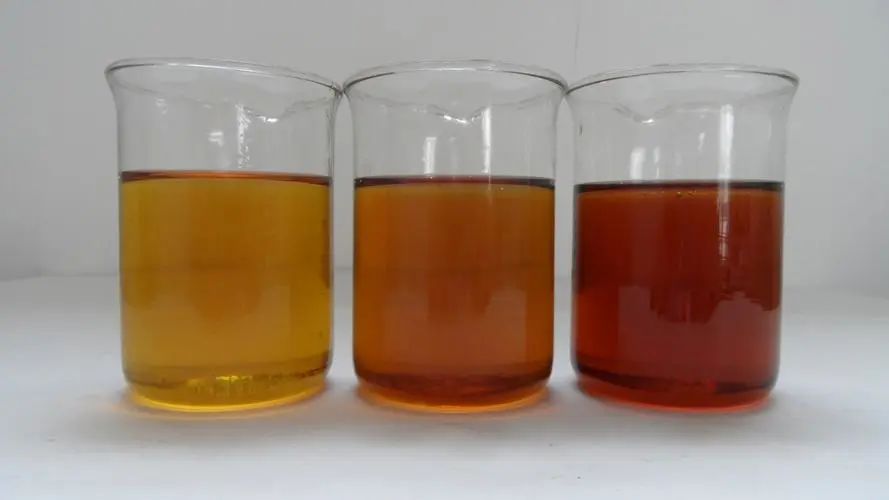Fully synthetic, semi-synthetic and emulsion are the three most commonly used cutting fluids. 1. Fully synthetic: water solution is the cutting fluid with water as the main component. Water has good thermal conductivity and cooling effect, but pure water is easy to rust metal and poor lubrication performance. Therefore, a certain amount of additives, such as antirust additives, surface active substances and oily additives, are often added to the aqueous solution to make it have good antirust performance and certain lubricating performance. When preparing water solution, pay special attention to the water quality. If it is hard water, it must be softened. 2. Semi-synthetic: Semi-synthetic is a semi-transparent liquid diluted with 95%~98% water, which has good cooling/lubricating/antirust properties. 3. Emulsion type: it is made by diluting the original liquid with 95%~98% water, which is emulsified and opaque liquid, with good lubrication/antirust performance, and slightly worse cooling than semi-synthetic. In order to improve the properties of cutting fluid, additives are often added. Common additives include the following. There are many kinds of additives commonly used in cutting fluid, such as oily and extreme pressure additives, anti rust and anti mold additives, Anti Foam additives, etc. Today I will give you a detailed introduction.

1. Oily extreme pressure additive Oily additives are mainly used in the low pressure and low temperature boundary lubrication state. They mainly play the role of penetration and lubrication in the metal cutting process, reduce the interfacial tension between oil and metal, make the cutting oil quickly penetrate into the cutting area, and further form a physical adsorption film under the effect of a certain cutting temperature to reduce the friction between the front tool face and chip, and between the rear tool face and workpiece. In the state of extreme pressure lubrication, extreme pressure additives must be added to the metal cutting fluid to maintain the strength of the lubricating film. Commonly used extreme pressure additives are organic compounds such as sulfur, phosphorus, chlorine, iodine, etc. These compounds react with the metal surface under high temperature to form a chemisorption film. Its melting point is much higher than that of the physical adsorption film, which can prevent direct contact of the metal friction interface under extreme pressure lubrication, reduce friction and maintain lubrication. 2. Antirust additive Corrosion of machine tools, tools and workpieces is caused by the use of antirust additive, water-soluble and oil-soluble. The cutting fluid required for corrosion of machine tools, tools and workpieces is added with antirust additive, and the polar strengthening compound has strong adhesion to the metal surface. The metal surface is preferentially adsorbed to form a protective film or combined with the metal surface to form a passive film to protect the metal surface from corrosion. 3. Antifungal additive The emulsion is easy to deteriorate and stink when used during the period of use. Because of the need to add tens of thousands of anti-mildew additives to the bacterial breeding knot, it has the effect of sterilization and inhibition of bacterial reproduction (anti-mildew additives cause the operator's skin to become erythema and itch). 4. Antifoam Additive During the use of cutting fluid, surface agents such as antirust additives and emulsifiers are added. Some substances are added into the air foam to reduce the efficiency of cutting fluid; Anti foam additive (dimethyl silicone oil) is necessary to prevent foam from forming. Add an appropriate amount of anti foam agent to the grinding fluid and conduct defoaming test. 5. Emulsifier additive Emulsion makes mineral oil and water emulsified and stable. The key substances of the emulsion can absorb the oil and water interface. The solid adsorption film makes the oil evenly dispersed and stable.

![]() March 26, 2023
March 26, 2023




